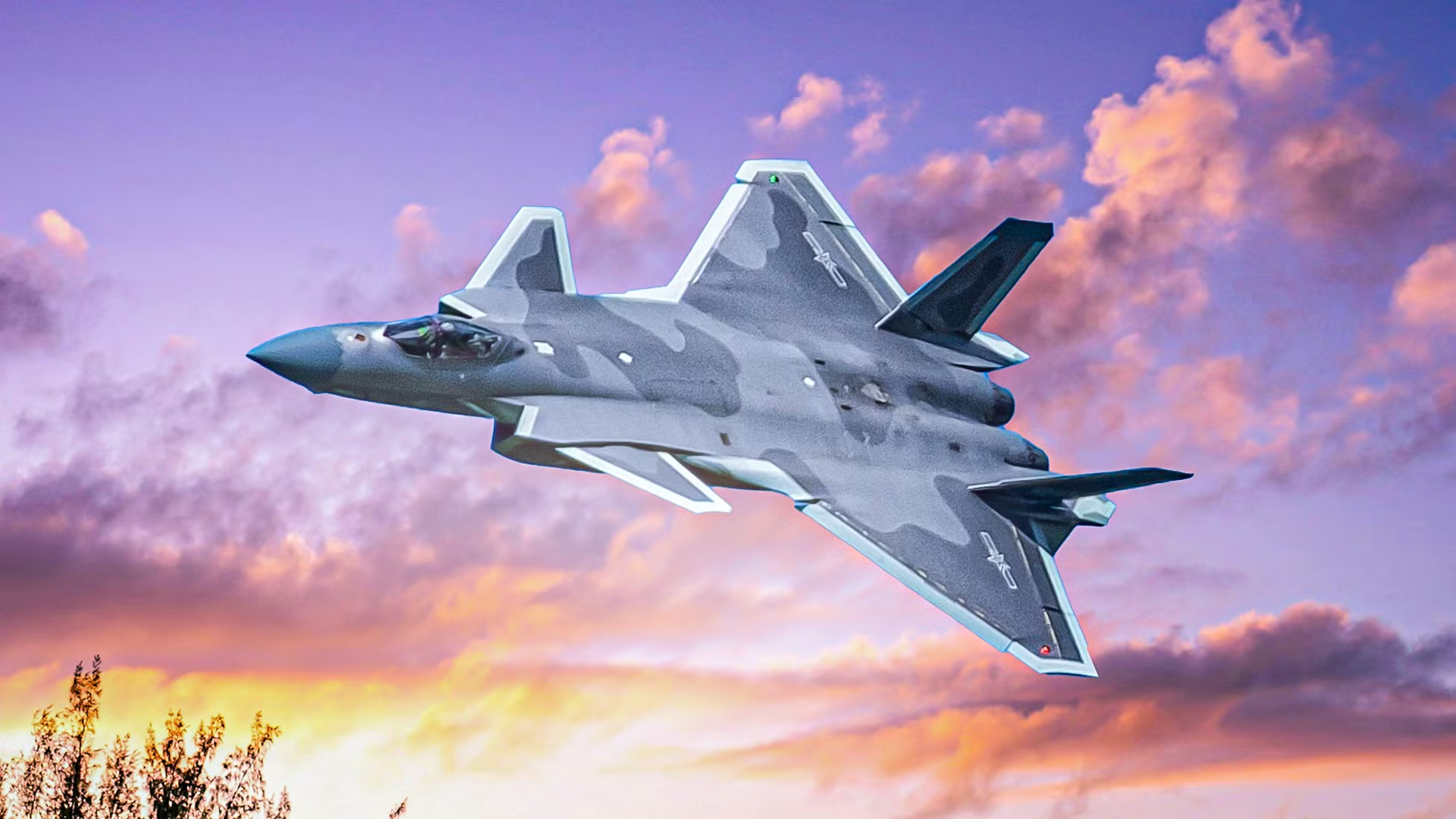Taipei – Taiwan’s Ministry of National Defense (MND) has raised fresh alarms over an unprecedented surge in Chinese military activity near its borders, reporting that more than 60 aircraft from the People’s Liberation Army (PLA) entered areas near Taiwan on Tuesday, with many breaching the island’s Air Defense Identification Zone (ADIZ).
According to an MND update issued early Tuesday, 61 PLA aircraft sorties were detected along with multiple Chinese navy vessels between early morning and 8:15 a.m. (UTC+8). Many of these aircraft crossed the Taiwan Strait’s median line — a long-standing unofficial buffer — and penetrated Taiwan’s ADIZ in the northern, central, eastern, and southern sectors.
In a social media post on X (formerly Twitter), the MND said, “Overall 27 sorties of #PLA aircraft in various types (including J-16, KJ-500, etc.) were detected from 0815hr today. Eighteen of these missions crossed the #Taiwan Strait middle line to conduct joint air-sea training with PLAN ships.” Taiwan’s armed forces were said to have responded with appropriate countermeasures, including surveillance and readiness protocols.

Earlier in the day, the MND had already recorded 34 PLA sorties, 9 PLAN vessels, and 1 Chinese government ship operating around Taiwan. These aircraft had entered Taiwan’s ADIZ from the north, southwest, and southeast, increasing concerns of potential escalatory maneuvers by Beijing.
This comes a day after the MND reported the presence of four PLA planes, eight PLAN ships, and two Chinese government vessels near Taiwan’s monitored areas.

Strategic Deterrence and Combat Preparedness
Reacting to the rise in military pressure from China, Taiwan’s Minister of National Defence Wellington Koo stressed the importance of maintaining high combat readiness as a cornerstone of Taiwan’s defense posture.
“We are adapting our military training and procurement to address growing threats from the Chinese mainland,” said Koo. “Because of our island’s location and the changing nature of threats, we need to be prepared not only for sudden strikes but for a prolonged war of attrition.”
President Lai Ching-te also echoed these concerns, saying Taiwan’s defense policies are undergoing a significant transformation to counter Beijing’s increased aggression. “We must accumulate and strategically manage supplies for endurance warfare, while enhancing both asymmetric and conventional capabilities,” Lai said.

Taiwan’s military has begun reshaping its training curriculum to include advanced modules for new conscripts and senior officers alike. These include simulations of surprise attacks and prolonged defense scenarios, as well as hands-on training with newly acquired defense systems.
Asymmetric Strategy and Han Kuang Exercises
As part of its evolving doctrine, Taiwan is focusing heavily on asymmetric warfare tactics, bolstered by its extension of mandatory military service to one year starting January 2024. Air defense, drone warfare, and mobile radar systems are now central to the nation’s strategic planning.
Koo emphasized the necessity of re-evaluating force structure and deployment in anticipation of scenarios where PLA drills could transition into live combat with little notice. “The ability to respond to unexpected aggression is critical to our survival and sovereignty,” he said.
In light of these developments, the annual Han Kuang military exercises are scheduled for July 9–18, significantly extended from last year’s five-day duration, which was cut short due to a typhoon. The 2025 edition will focus on testing battlefield readiness, inter-service coordination, and identifying weaknesses in Taiwan’s defense mechanisms.
Tensions in the Region
The sharp increase in PLA activity is seen by analysts as part of Beijing’s ongoing campaign to intimidate Taiwan, which it considers a breakaway province. The incursions follow months of heightened political rhetoric from China and a refusal to rule out force to achieve reunification.
International observers have called for restraint, warning that continued provocations could spark unintended escalation in one of the most volatile regions in the Indo-Pacific.
As of now, Taiwan’s MND maintains that the island’s forces remain on high alert and fully prepared to defend national sovereignty and democratic values.





